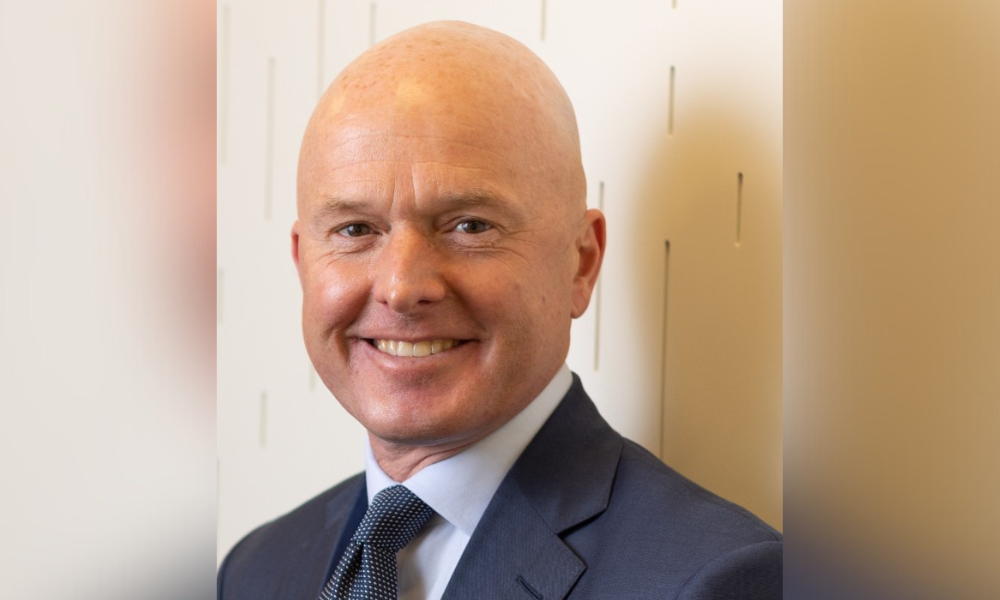Monument marks milestone for whānau-led development

Westpac New Zealand and Ōwhata Kōhanga Rākau Housing are celebrating a key milestone in a landmark housing project in Rotorua.
A newly unveiled entrance sign now marks the growing Ōwhata Kōhanga Rākau community, where 93 new homes will ultimately be built on Māori land.
The development offers a mix of social housing, affordable rentals, and shared home ownership – also known as progressive homeownership – to support Rotorua whānau.
Westpac has provided funding for the project, with 36 affordable rental homes completed and 30 more currently under construction. The bank is also offering mortgages for whānau purchasing through the shared ownership pathway.
“Stability in housing outcomes for our people”
Jason Rogers, Ōwhata Kōhanga Rākau chairman, said the unveiling of the entrance sign represents more than just progress on a building site.
“Ultimately this community will comprise 93 new, well designed warm homes on whenua Māori,” Rogers said. “Our goal has been to bring stability in housing outcomes for our people and the sign is a milestone that will strengthen that sense of connection to the whenua.”
He said Westpac’s support has been instrumental in accelerating progress.
“Having Westpac on board as a bank partner has meant we’ve been able to work quickly to begin delivering the next stage of homes and we’re grateful for their support,” Rogers said. “We’d also like to acknowledge the support of the Ministry for Housing and Urban Development and Armillary Private Capital, who acted as financial advisors and undertook the financial modelling for the project.”
Housing tailored to community needs
The first 16 affordable rental homes were opened in December, with 20 more delivered last month specifically for local kaumātua. The full 93-home development is expected to be completed in 2025.
Reuben Tucker (pictured), Westpac NZ general manager institutional and business banking, said the bank is proud to support the project’s kaupapa.
“As a bank, we’re committed to supporting more New Zealanders to find a place to call home,” Tucker said.
“The range of different housing options available through the Ōwhata Kōhanga Rākau development is hugely significant, especially since it is on whenua Māori. We’re excited to support the aspirations of everyone involved.”
What is shared homeownership?
Shared homeownership models – such as shared equity, leasehold, or rent-to-buy – are designed to reduce barriers to homeownership.
In the shared equity model used at Ōwhata Kōhanga Rākau, a third party (typically a community housing provider or iwi trust) contributes equity, enabling whānau to buy a home with a lower deposit and smaller repayments.
Over time, homeowners buy out the provider’s share until they own the property outright.
At Ōwhata Kōhanga Rākau, this model supports whānau with whakapapa (ancestral ties) to the area, offering long-term housing security through home ownership. Westpac provides standard residential home loans for those participating in shared equity and leasehold arrangements.
Westpac’s support for Ōwhata Kōhanga Rākau reflects a wider push for Māori-led housing. BNZ and Ngāti Whātua Ōrākei have backed 24 new whānau homes in Auckland, while Ka Uruora is expanding its iwi-led homeownership model nationwide. In February, the government pledged $200 million to deliver 400 affordable Māori rentals by mid-2027.



